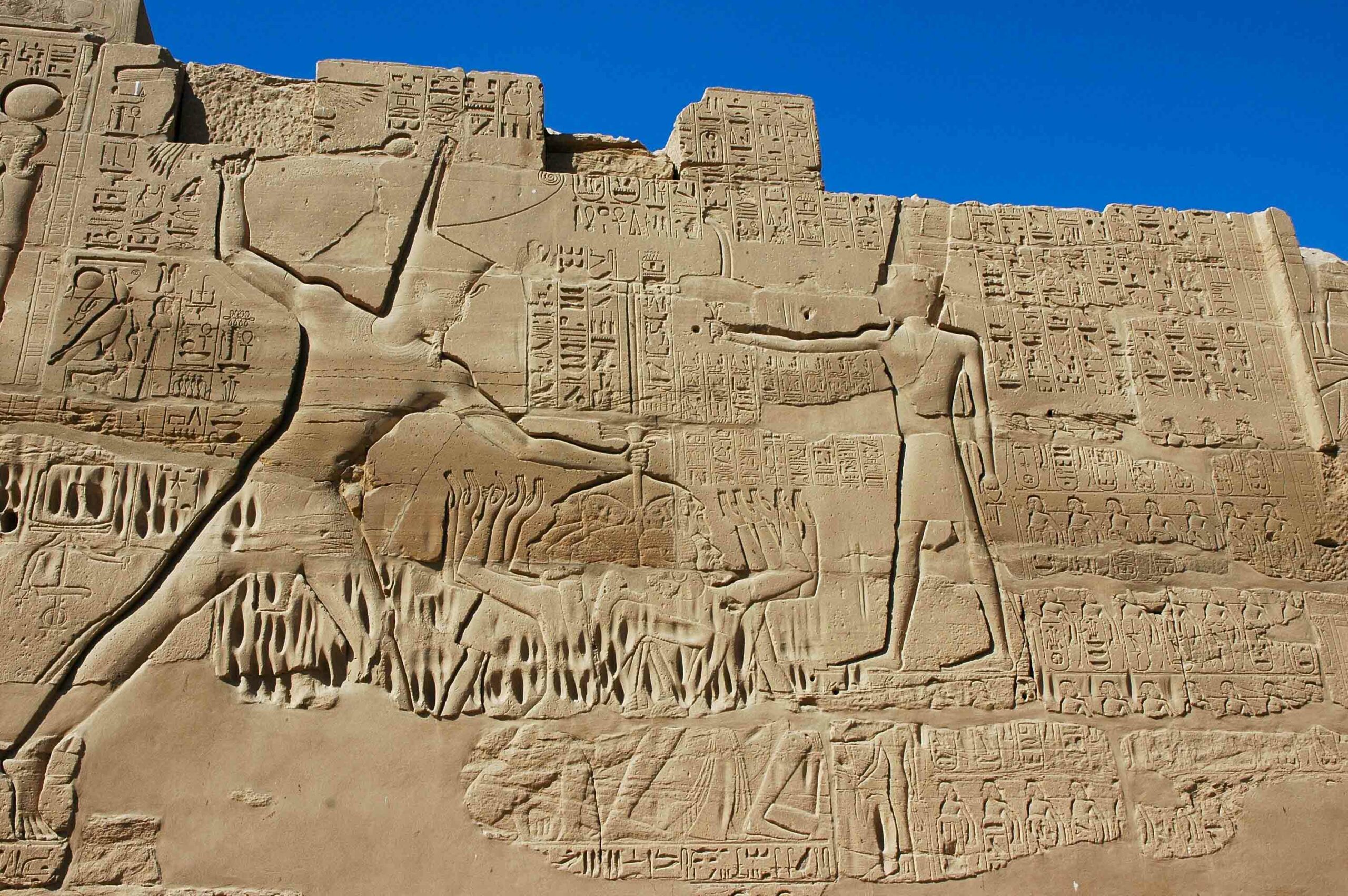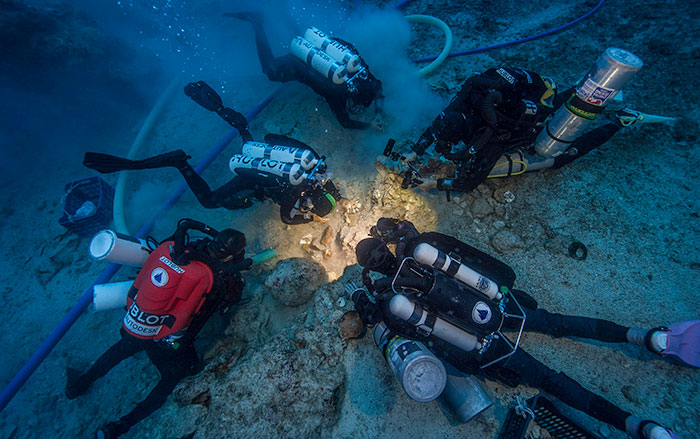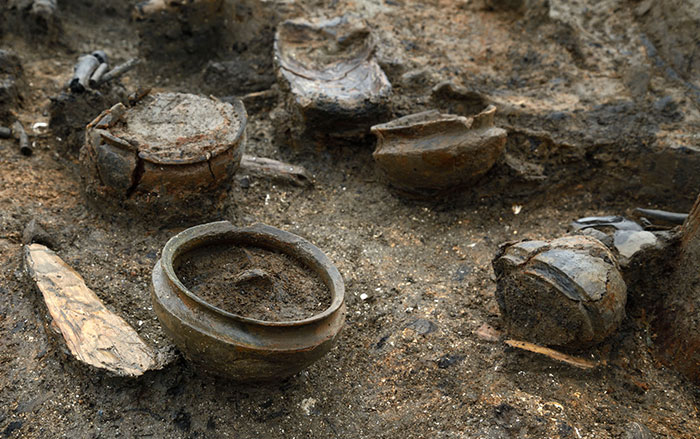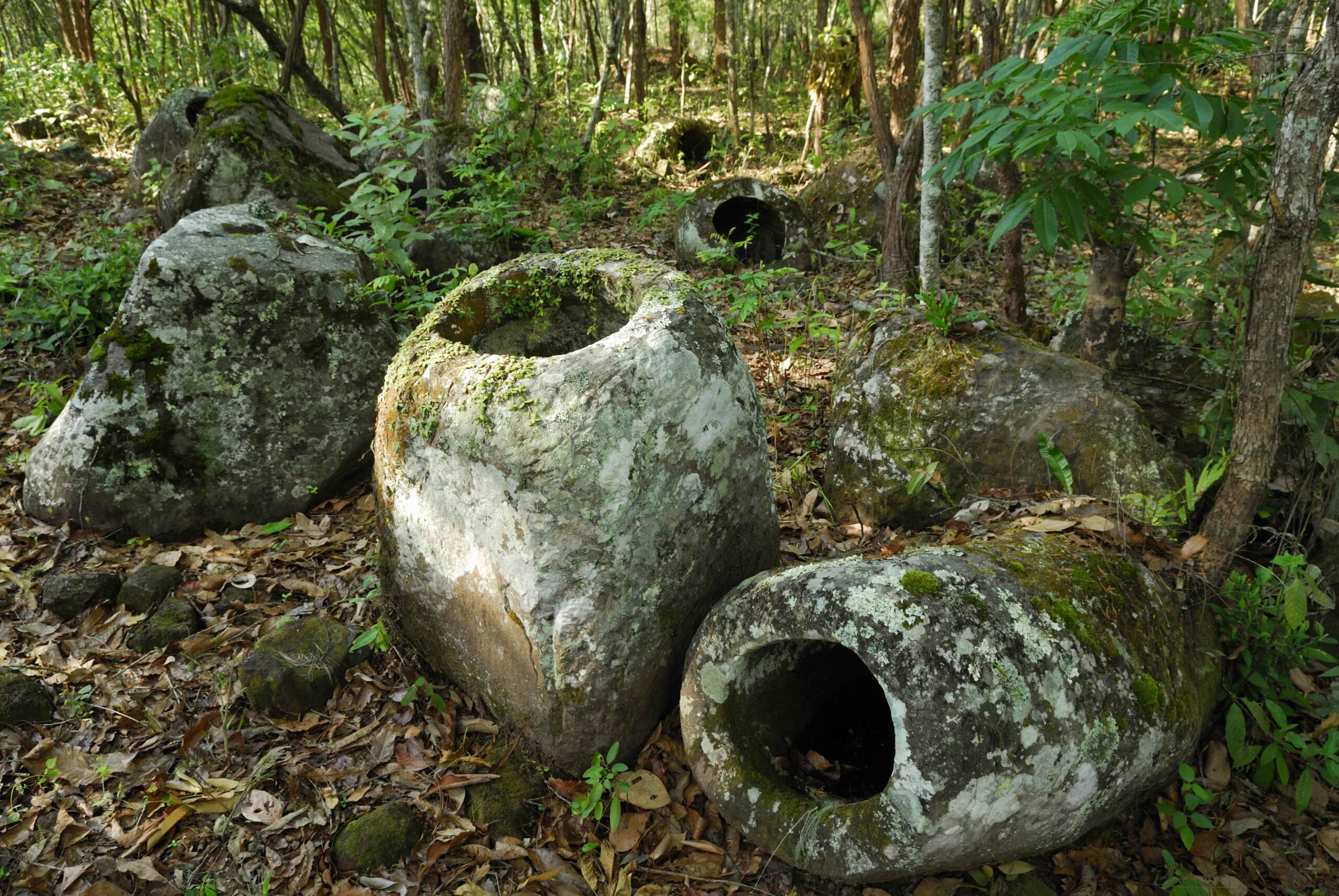
CAIRO, EGYPT—Children’s footprints dating back more than 3,000 years have been found at Pi-Ramesse, which was the Egyptian capital during the reign of Ramesses II (r. 1279–1213 B.C.), according to a report from Seeker. The prints were found near rare painting fragments in a mortar pit measuring around 8 by 26 feet. According to Henning Franzmeier, field director of the Qantir-Piramesse project, the footprints measure around 6 to 6.5 inches, which corresponds to an age of three to five. It is unclear whether the footprints were left by more than one child. “The differences in size are not big enough for us to clearly differentiate,” said Franzmeier. “And they are also not so well preserved that we could distinguish so far any other features of the feet.” It is also unclear why the children would have been in the area. Further excavation in the area and analysis of the footprints will be carried out in the project’s next field season. To read about another discovery in Egypt, go to “World’s Oldest Dress.”











